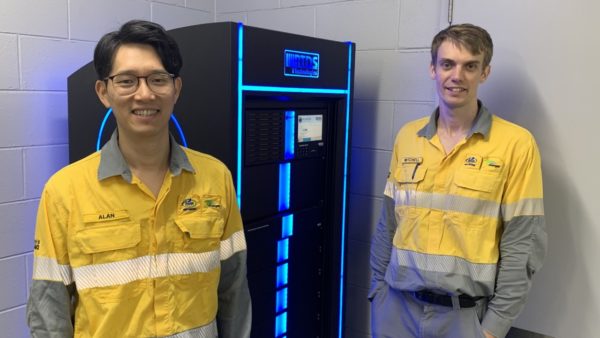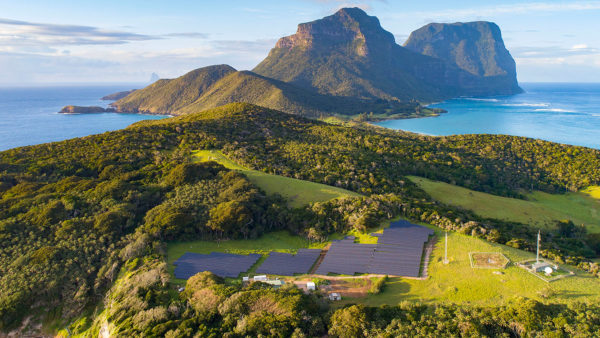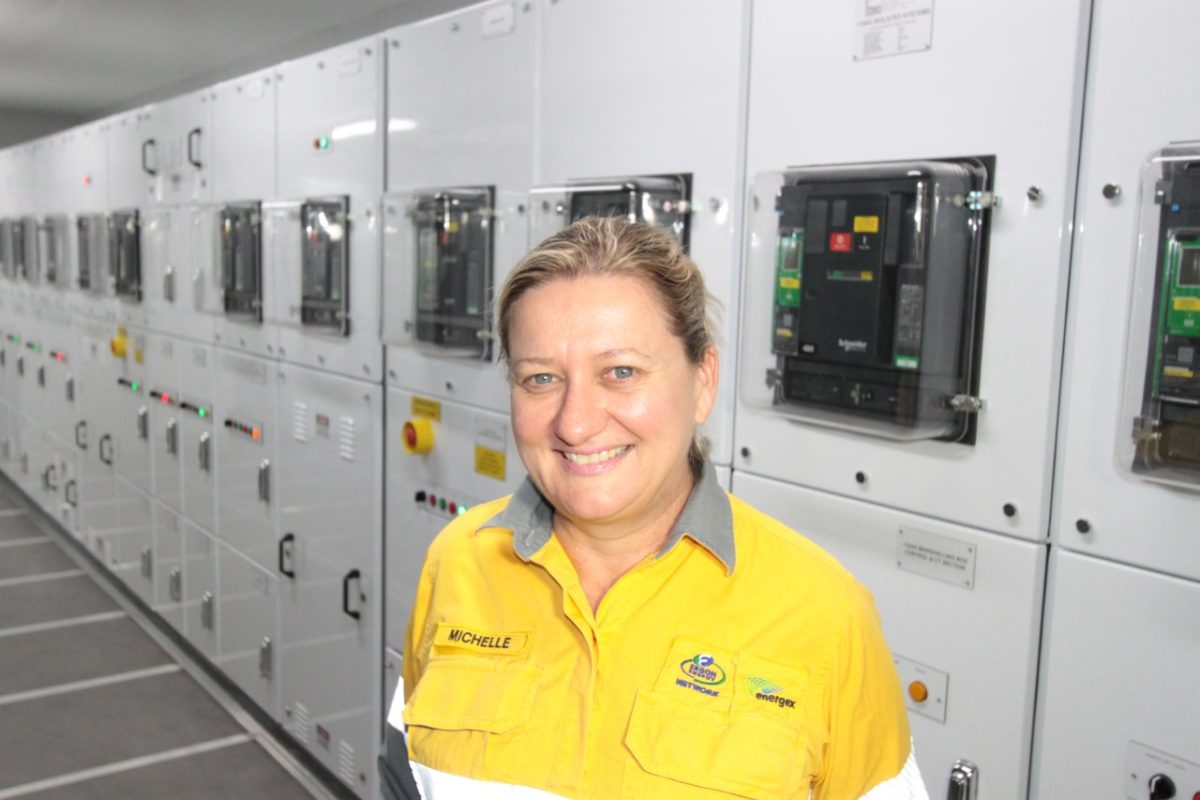Queensland regional network operator Ergon Energy has commenced operations at the Microgrid and Isolated Systems Test (MIST) Facility in Cairns with the cutting-edge facility to be used to simulate and model intricate networks in order to enable renewable energy and energy storage to form a greater part of microgrids and isolated systems for remote communities.
Ergon said the MIST Facility, the first large-scale facility of its kind in Queensland, is designed to advance the development and uptake of new technologies for power generation and electricity distribution supply by leveraging state-of-the-art equipment and testing capability.
The complex has been fitted with cutting-edge technology which will enable the testing of a wide range of renewable energy solutions, including community-scale solar and battery energy storage systems (BESS), microgrids and stand-alone power systems (SPS), to ensure they can be seamlessly integrated into the electricity network or used as off-grid alternatives.
Ergon’s Intelligent Grid New Technology manager Michelle Taylor said the facility, which houses a super-computer capable of complex testing of large-scale systems of up to 1 MW, would play a key role in advancing renewables and the successful integration of new technology into the electricity network.
“Cairns is now home to one of the most sophisticated research and development hubs of its kind in Australia, with state-of-the-art technology and the technical expertise to do complex testing of community-scale solar and batteries, microgrids and standalone power systems (SPS),” she said.
“This is a world-class facility with potential benefits for everyone in the power supply chain, from electricity distribution networks and product developers to the end users and academic researchers.”
Ergon said the new MIST Facility will incorporate and build on the success of the network operator’s Innovation Lab launched in Cairns in 2016, where testing of solar PV systems and battery storage has assisted the development of national safety standards for residential solar PV systems and batteries and an intelligent grid.

Image: Ergon
Egron’s principal engineer technology innovation Alan Louis said the new MIST Facility meant they are now armed with the tools to think even bigger.
Louis said the facility’s super-computer allows for real-time digital simulation and a large array of connection options. It will be used to simulate and model more efficient, resilient and reliable options to supply electricity to remote communities and customers on the fringes of the grid across Queensland.
“Testing technology in simulated conditions before you deploy it saves times and money, especially when we’re talking about remote communities where we want to integrate more renewables to reduce the reliance on fossil fuels for financial and environmental reasons,” he said.
“In this facility we can test the standard diesel generating sets that are part of our traditional isolated networks and improve interactions with solar installations and battery storage systems.
“As the world moves away from fossil fuels and embraces alternative energy solutions, we’re working to ensure Queenslanders stay ahead of the curve.”
Louis said the facility will help new technologies connect to the NEM without impacting the security of the network or quality of supply.
“With a facility of this calibre, we can prepare customers, communities and our workforce for the future,” he said.

Image: Photon Energy
The unveiling of the MIST Facility comes just weeks after the Australian Renewable Energy Agency (ARENA) announced the launch of a $50 million funding program to support microgrid pilot projects across regional Australia.
The new grant funding will seek to build on the success of transitioning a number of remote and island energy systems to renewables, including systems on Lord Howe, Flinders and Rottnest islands.
The grant funding under the new Regional Australia Microgrid Pilots Program – or RAMPP – will be allocated in two stages, an initial $30 million through to 2022 and a further $20 million through to 2023.
ARENA chief executive Darren Miller said he expected the program would showcase the benefits of microgrids, “whether it’s maintaining electricity supply during and after emergencies such as bushfires and floods, or improving the reliability and security of power supply in remote communities.”
This content is protected by copyright and may not be reused. If you want to cooperate with us and would like to reuse some of our content, please contact: editors@pv-magazine.com.









By submitting this form you agree to pv magazine using your data for the purposes of publishing your comment.
Your personal data will only be disclosed or otherwise transmitted to third parties for the purposes of spam filtering or if this is necessary for technical maintenance of the website. Any other transfer to third parties will not take place unless this is justified on the basis of applicable data protection regulations or if pv magazine is legally obliged to do so.
You may revoke this consent at any time with effect for the future, in which case your personal data will be deleted immediately. Otherwise, your data will be deleted if pv magazine has processed your request or the purpose of data storage is fulfilled.
Further information on data privacy can be found in our Data Protection Policy.